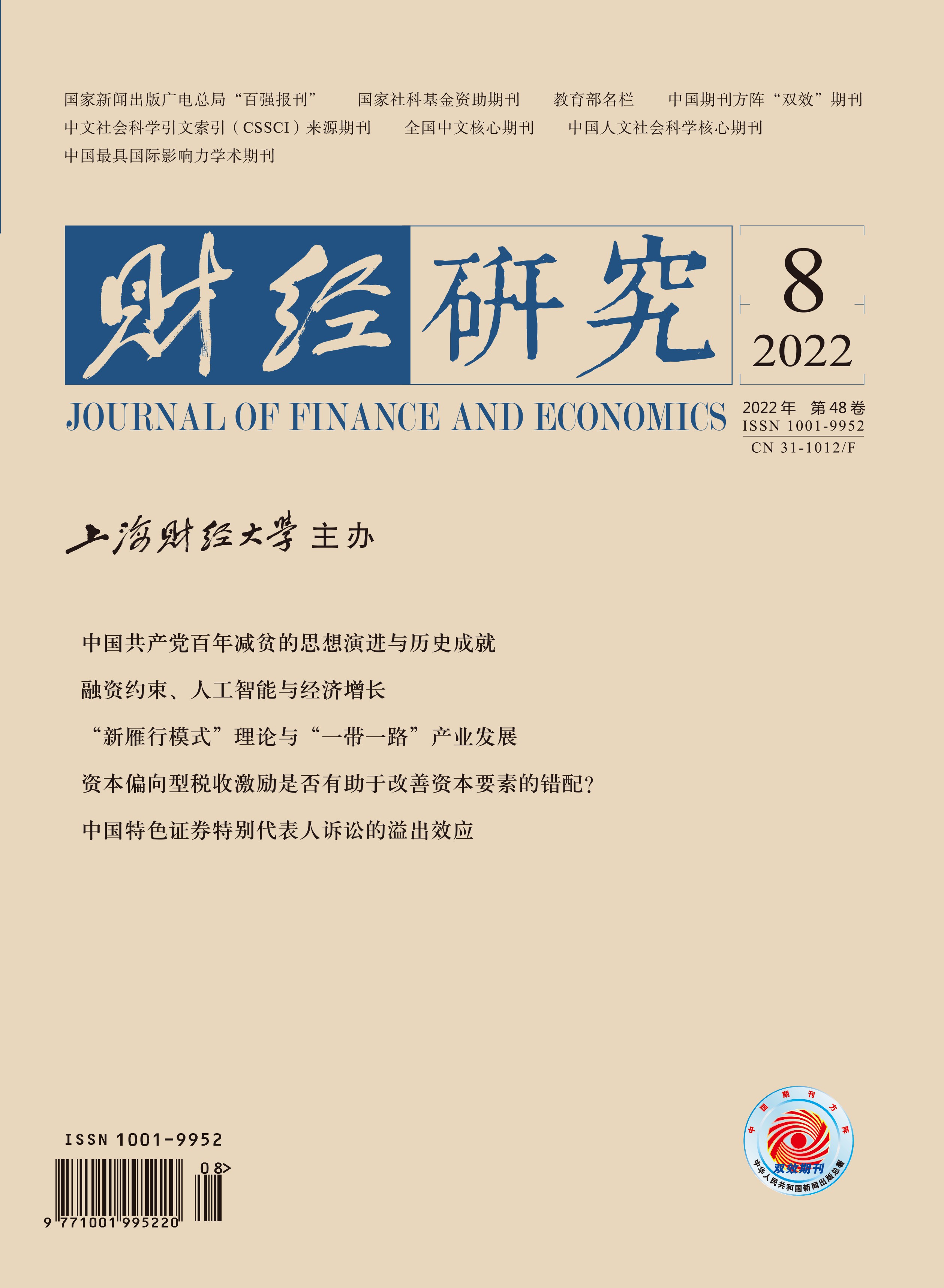As the aging process accelerates, the burden of family care in China continues to increase and transfer to the market. The demand for socialized eldercare has reached a historical peak, and the sustainable and healthy development of the care economy is becoming more and more important. However, the survey data show that eldercare workers are paid significantly less than other care workers. The lower pay of eldercare has greatly restricted the development of eldercare services and the entry of labor force, and the care deficit problem is prominent. Most previous studies focus on wage differentials between care and non-care workers, ignoring wage differentials within the care market.
Focusing on the care economy, and using data from the 2019 Domestic Workers Survey in Four Chinese Cities, this paper compares the relative remuneration of eldercare with that of childcare and housekeeping workers, and discusses the reasons for the lower pay in eldercare. The results show that: (1) Compared with others, the income distribution of eldercare is more concentrated, and there is an obvious “ceiling effect”. (2) Domestic workers will choose between “high-intensity household work with short working hours” and “low-intensity eldercare work with long working hours” according to their own endowments. There is no significant difference between the salary of eldercare and housekeeping after eliminating the occupational self-selection bias. (3) There is a 10% to 15% wage difference between eldercare and childcare, and occupational discrimination explains 76% of the monthly wage difference and 40% of the hourly wage difference. (4) Training only has a positive income effect on childcare and housekeeping, but has no significant impact on eldercare, indicating the devaluation of care skills.
The marginal contributions of this paper are as follows: First, using the first-hand questionnaire data, it investigates the lower pay of eldercare workers in the domestic industry compared with childcare and housekeeping workers, and confirms the occupational discrimination of eldercare work compared with childcare work. Second, from the theoretical perspectives of neoclassical economics, feminism and occupational segregation, it systematically reviews the causes of the lower pay in care work compared with non-care work, and discusses its applicability to the eldercare work in China. Third, training has always been regarded as an important way to “improve the quality and expand the capacity” of the domestic service industry, but the results show that the improvement of skills does not bring significant salary returns to eldercare workers. Therefore, it is suggested to improve the skill recognition and professional status of eldercare, and develop a scientific and efficient modern care model. Under the current social situation of “aging and fewer children” in China’s population structure, solving the problem of eldercare deficit has become a key to ensuring people’s livelihood. The conclusion of this paper provides a practical direction for addressing the labor deficit of eldercare.





 5697
5697  4282
4282

